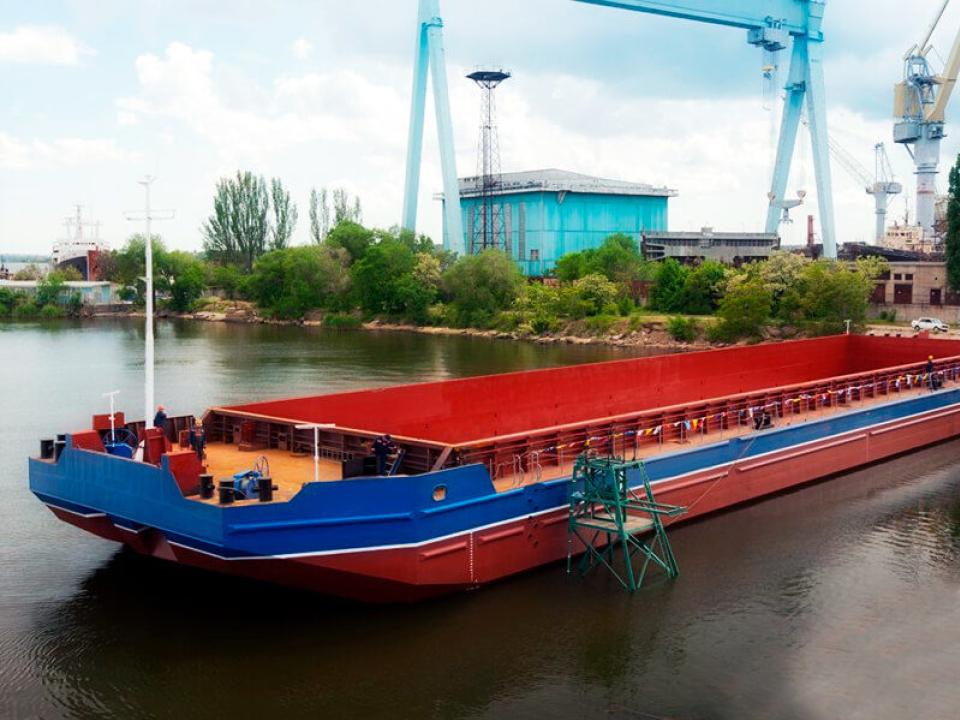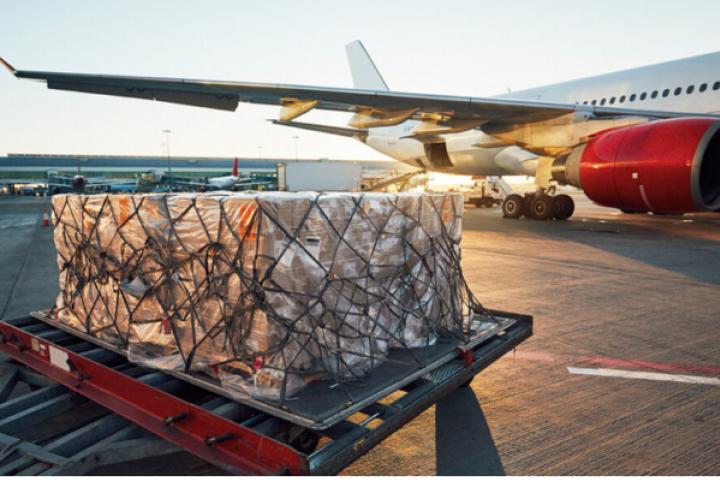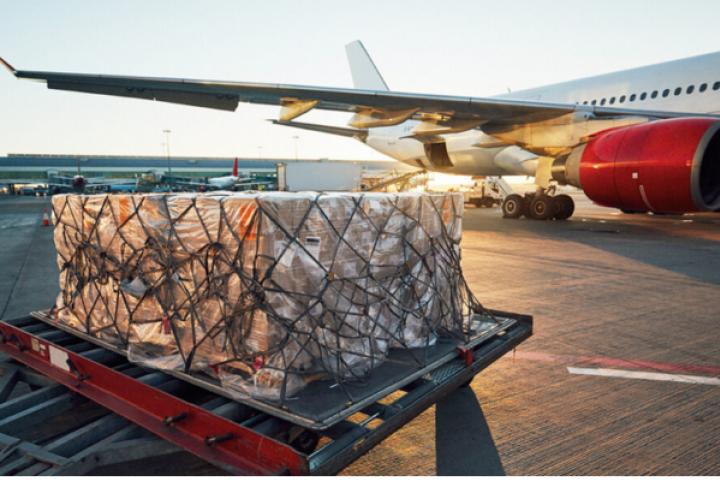Role of Barge Transportation Today
Modern Barge
Transportation continues playing a vital economic and environmental
role. Barges can carry significant payload volumes in a single trip, making
them exceptionally fuel efficient for freight per ton-mile carried. On average,
one gallon of fuel can move one ton of cargo 616 miles by barge versus 472
miles by truck.
It is most widely used to transport bulk commodities like coal, petroleum,
grains, and aggregates. Over one billion tons of domestic cargo are shipped by
barge annually in the US, accounting for about 12-14% of inland freight
transportation. Key industries relying on barges include energy, agriculture,
and construction.
Barges offer flexibile freight solutions, able to handle breakbulk and
containerized cargo. They interconnect with other modes like pipelines,
railways, and trucks to facilitate multi-modal shipment of goods across large
distances. The inland waterways system traversed by barges includes over 12,000
miles of commercially navigable channels. Major waterways include the
Mississippi River System, Gulf Intracoastal Waterway, Illinois River Waterway,
Ohio River, and Columbia River.
Get More Insights on Barge Transportation








